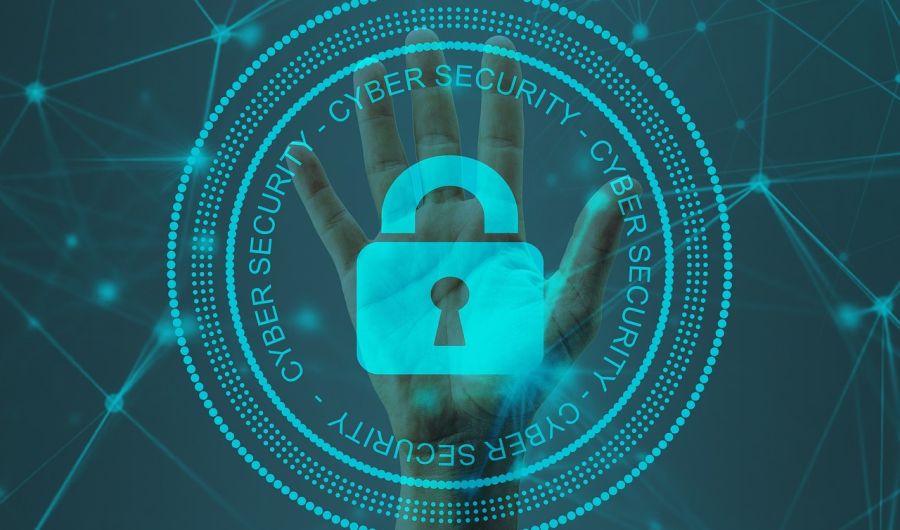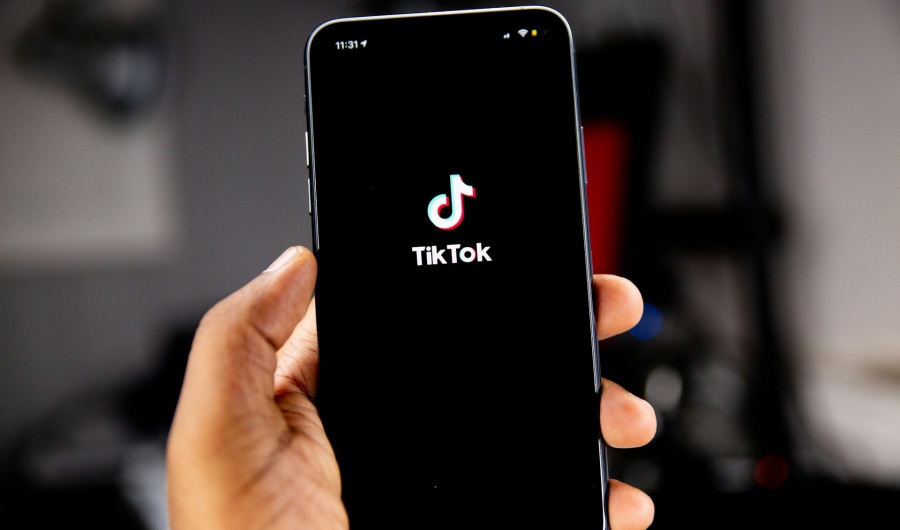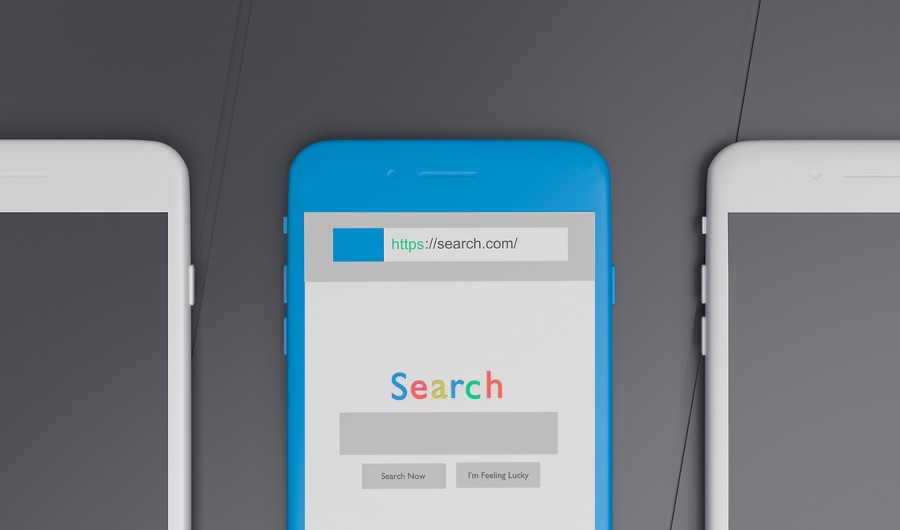
9 Trends Shaping the Cybersecurity Landscape Right Now

The mid-twentieth century marked the start of the information age. And thus began a digital revolution. Ever since then, cybersecurity has become a constantly evolving battlefield. So what is cybersecurity? It is the practice of protecting your systems and networks from digital attacks. Cybercriminals continuously:
- adapt their strategies
- craft new methods to infiltrate networks
- exploit vulnerabilities
- steal sensitive data
Proactive steps are necessary for organizations to remain ahead of emerging threats. This involves keeping up with new technologies and adopting adaptive strategies.
Let’s talk about 9 important trends that are changing cybersecurity today.
1. AI-Driven Cybersecurity
Artificial Intelligence (AI) is the latest innovation to revolutionize cybersecurity. It:
- accelerates threat detection
- discovers unknown threats
- handles vast volumes of data
- automates responses
This makes it easier for organizations to respond to threats. Cybercriminals, however, also harness AI for their malicious activities. They use AI to:
- bypass traditional defenses
- automate phishing attacks
- craft malware that can evade detection
AI is a double-edged sword. It’s a powerful tool for both good and bad. Companies need a multi-layered approach to security, and AI should be a part of it.
2. Ransomware Evolution
Ransomware is when attackers use strong encryption to lock your important data and demand money to get it back. It’s a big problem, getting worse, and causing trouble for the business world. Attackers don’t only encrypt data, but they also steal sensitive information. They threaten to release it if they’re not paid the amount they’re asking for.
The prime targets are:
- Educational institutions
- Healthcare providers
- Government agencies
This is due to the sensitive nature of their data. Cybersecurity professionals need to understand the latest attack vectors and mitigation strategies. A specialized degree, like a masters in intelligence and security studies online program can help them stay ahead of ransomware trends and protect organizations. This expertise can lead to stronger security systems, reliable backups, and a culture of safety that makes ransomware attacks less likely to succeed.
3. Zero Trust Architecture
Zero trust architecture means no computer or user is automatically trusted. Even if they’re inside a company’s network. Everything and everyone must prove they are who they say they are, every time they want to access something. This model assumes every network, whether internal or external, harbors potential threats.
Organizations adopting ZTA enforce strict identity verification, continuous monitoring, and micro-segmentation to minimize unauthorized access. Zero-trust architecture is like a series of locked rooms inside a building. To get to the most valuable stuff, you need multiple keys and you have to prove who you are at each door. Even if a hacker gets one key, they can’t easily get to everything else.
4. Cloud Security Complexities
With cloud computing, you rent computers and storage on the internet instead of owning them yourself. It’s great because it’s flexible. But it can be tricky to keep everything secure.
Moving to the cloud is great, but it brings new security problems. Multiple clouds make managing data, access, and rules complicated. Cloud providers have security tools, but you have to set them up correctly. If you don’t, your data could be exposed. Misconfigured settings and poor access control are common ways data gets leaked.
To prevent this, companies use special tools to check their cloud security, have strict rules about who can access what, and regularly check their cloud settings. Cloud security is an ongoing process. You always have to keep learning about new threats. And also take measures to defend against them.
5. IoT Security
IoT stands for Internet of Things. These are everyday objects like thermostats or toasters that connect to the internet. This allows you to control these devices remotely. However, this feature is perhaps also its biggest flaw as well. IoT devices don’t have security features. And this is where hackers take advantage.
Protecting IoT devices requires a multi-layered approach. This includes
- strong security measures during device design
- network segmentation to isolate IoT devices from critical systems
- continuous monitoring of network traffic for suspicious activity
- regular firmware updates to patch vulnerabilities
Additionally, you also need authentication and encryption mechanisms to safeguard the data transmitted by these devices.
6. Supply Chain Vulnerabilities
Hackers are going after supply chains more and more to get valuable information. There have been big incidents, like the SolarWinds hack, that show how weak third-party vendors can be. If one link in the chain is broken, attackers can get into many connected companies.
Companies now know they need to protect their entire supply chain. This means checking out third-party partners, making sure they have strong security rules and always watching for problems. Special tools can help find weak spots so companies can fix them before it’s too late.
Working together with partners on security and having a plan for when something goes wrong is also important. This makes everyone stronger against sneaky attacks on the supply chain.
7. Remote Work Security
COVID-19 had a role in creating new security problems as people had to work from home. Employees use personal devices and home networks to access important company information, which can be risky.
To stay safe, companies need strong security rules for remote work. Tools like VPNs, MFA, and EDR become essential. Regular training helps employees understand the risks and follow best practices.
Companies should also use tools to manage devices remotely. This helps keep track of device health, update software, and detect any suspicious activity. This is crucial to protect sensitive data when people are working from different places.
8. Security Automation
Automation is a key part of cybersecurity. Security teams get a lot of alerts every day, making it hard to quickly find real threats. SOAR platforms help by doing simple tasks automatically.
SOAR platforms gather alerts from different sources, compare them, and start automatic responses. For example, they can cut off a hacked computer, cancel passwords, or block bad websites without needing a person to do it.
Automation helps in other ways too. It can improve threat hunting, check for rule-following, and manage vulnerabilities. By taking care of boring tasks, automation gives security experts more time to make important decisions and focus on complex threats.
9. Human Factor
Even with new technology, people are still the weakest part of cybersecurity. Tricks like phishing emails, scams, and people on the inside doing bad things can take advantage of our weaknesses.
To fix this, companies need to create a culture of cybersecurity. This means regular training, fake phishing emails to test people, and campaigns to make everyone aware. It’s also important to encourage people to talk openly about security worries so problems can be found early.
When IT teams and other employees work together, they can report and respond to incidents faster.
Conclusion
Hackers are getting smarter. They use new techniques and new technology to attack. This makes cybersecurity an ever-evolving field. To stay safe, companies need to be proactive and use multiple layers of defense. This can include using AI to find threats, managing risks in their supply chain, and protecting remote workers. All of these things show how complicated cybersecurity is today.




